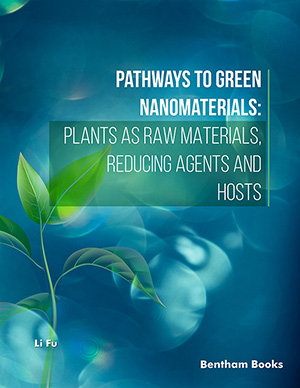Abstract
Nano-Fe2O3 was prepared by the CO2-supercritical-process-assisted sol-gel method using Fe(NO3)3.9H2O as raw material and epoxypropane as the hydrolysis agent in non-aqueous solvent. The Fe2O3 gelatin and nano-Fe2O3 were determined by XRD, TEM, BET and IR. The effects of the concentration of the solution, the addition of epoxypropane, the supercritical process on the properties of gelatin were studied, and the effect of the heat treatment of gelatin on the morphology of nano-Fe2O3 was investigated in detail. The sol-gel reaction mechanism was fully discussed. The results indicate that it is helpful to achieve the gelatin with high surface area for the low solution concentration, the suitable addition of epoxypropane and good supercritical process; The epoxypropane undergoes SN2 nucleophilic substitution reaction through its protonation and ring opening reaction in the sol–gel synthesis, which facilitate the process of displacement of H2O ligand in the [Fe (H2O)6]3+ and polycondensation of -OH ligand. The substitution reaction takes place, and some new chemical bonds form in the supercritical fluid process. With the increase of heat treatment temperature of gelatin, the pore volume and specific surface area of the finished nano-Fe2O3 decrease greatly. Nano-Fe2O3 with high specific surface area and good pore structure could be obtained through the heat treatment of gelatin below 300°C.
Keywords: Heat treatment, nano-Fe2O3, sol-gel method, supercritical process.

























